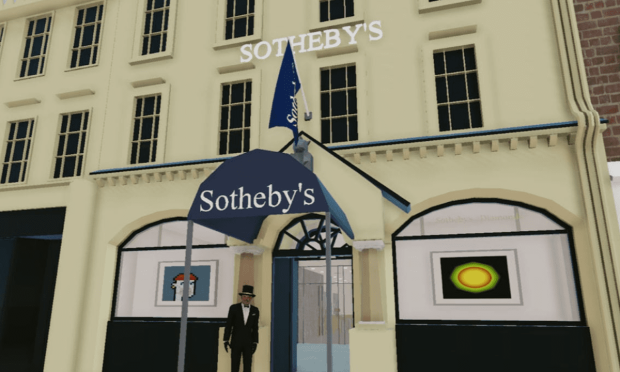Linking Digital Twins to Make an Industrial Metaverse

In this second article in PYMNTS industrial metaverse series about the fledgling use of private enterprise virtual realities, we’ll look at how companies are building “digital twins” up and down their supply chains to create a complete, real-time picture of what’s happening in their business and how they can improve it.
See also: Nvidia, Deloitte Beat Meta to Punch With Enterprise VR Offering
See also: Is the Industrial Metaverse Virtual Reality’s Commercial Future?
First off, it’s worth pointing out that digital twins predate the metaverse substantially, with an August article in MIT Sloan Management Review saying the “technology has been adopted across many industries and become more accessible and affordable” since the early 2000s, but “remains underutilized in supply chain management.”
In part that’s because the technology is complex, especially when it has to be adopted across multiple facility types and locations. Digital twins can use a wide variety of technologies, ranging from internet of things (IoT) and other sensors to augmented and virtual reality (AR and VR), as well as artificial intelligence (AI) and machine learning.
Digital twins are “the foundation of the enterprise metaverse,” consulting giant McKinsey said this month, picturing a “digital version of your end-to-end supply chain, from raw materials to delivery [that] continuously replicates in real time.”
But a true industrial metaverse is more than a fancy picture of what’s happening.
“Digital twins observe their physical environment through a network of sensors that dynamically gather real-time data,” the MIT Sloan article said. “They evolve by learning from this information and its contexts and by interacting with humans, devices, and other networked digital twins … enabling supply chain practitioners to spot patterns of highly complex and dynamic behavior.”
In Real Time
Anheuser-Busch InBev is working with Microsoft to create digital twins of its breweries. That begins with internet of things (IoT) sensors allowing the brewmaster to watch the chemical and fermentation processes in the brew kettles in real time, Microsoft said in a video release.
The system will also monitor energy use and management systems, use AI and machine learning to watch for bottlenecks in the canning and bottling operations, schedule maintenance for minimal downtime, and let a front-line employee with an AR headset collaborate with a technician to fix problems with the physical plant faster.
That can be as simple as “add more hops to mixer #3” or as complex as automatically adjusting production for bottlenecks such as full vats, McKinsey said.
Another example is SpaceX, which has digital twins monitoring its Dragon capsules’ trajectories, loads and propulsion system, allowing controllers to make adjustments on the fly
Digital twins also have a place in the entertainment- and commerce-focused metaverses like blockchain-based Decentraland and The Sandbox, Meta’s Horizon Worlds, and older versions like Second Life and Roblox. Auction House Sotheby’s has built a digital twin of its New Bond Street, London, headquarters in Decentraland, planning to use the five-story structure to showcase and sell digital art NFTs, as well as works being auctioned in the real building.
See also: Experiential Marketing Meets Social Commerce in the Metaverse
But that’s really a different meaning of “digital twin” as that facility may mimic the structure of the physical auction house, but not the operations or the content.
Up and Down the Line
The process McKinsey imagines sees an item whose supply chain is disrupted falling out of stock for days rather than months.
Companies are incorporating supplier information into their metaverses that can “provides an early warning of a disruption” when a vendor cannot supply a product, McKinsey said. The impact of that disruption up and down the supply chain can be simulated and prepared for. New parts suppliers provide 3D models of their goods, which can be slotted in and virtually tested for impact on manufacturing processes. Virtual stores can visualize and update layouts, product mixes, and required training.
“Financial costs are near zero, employees experience minimal disruptions, and customer satisfaction increases,” it said.
Predicting digital twins will be a $48 billion business by 2026, McKinsey added that the impact of industrial metaverses built from networks of digital twins “could be as high in the enterprise as in the consumer space — if not higher.”
For all PYMNTS crypto coverage, subscribe to the daily Crypto Newsletter.